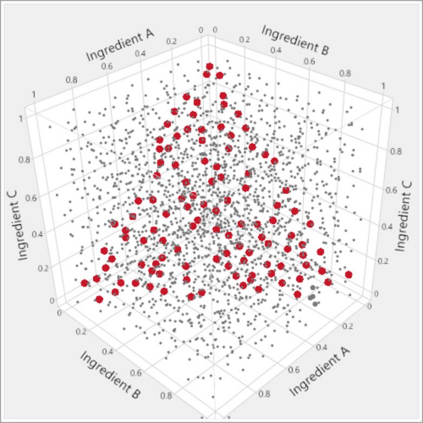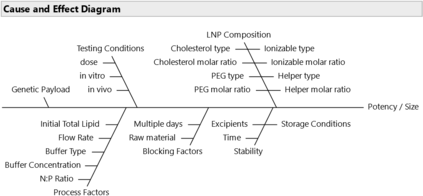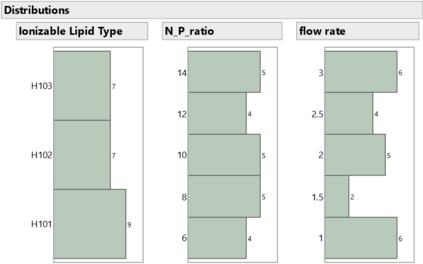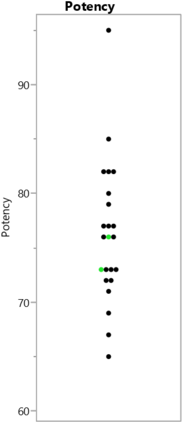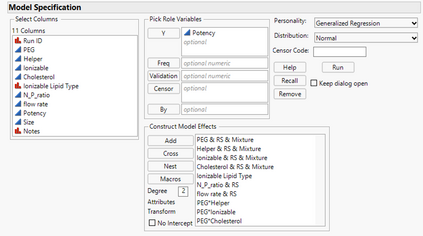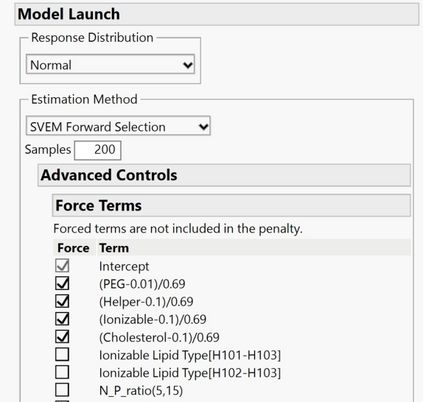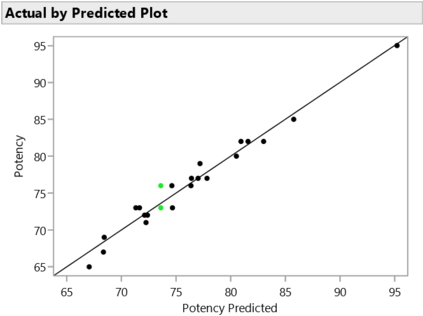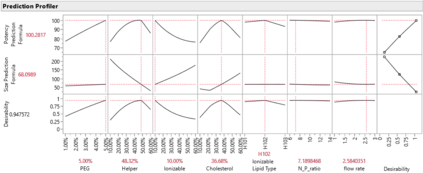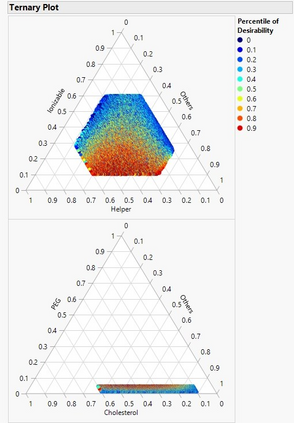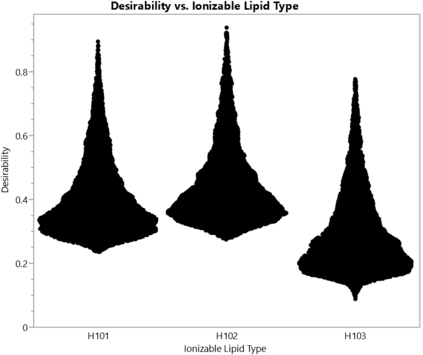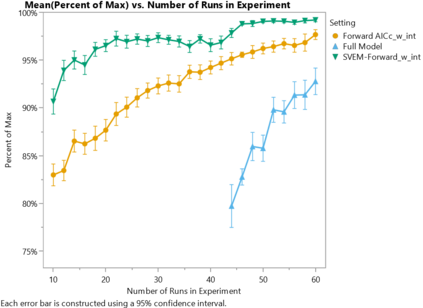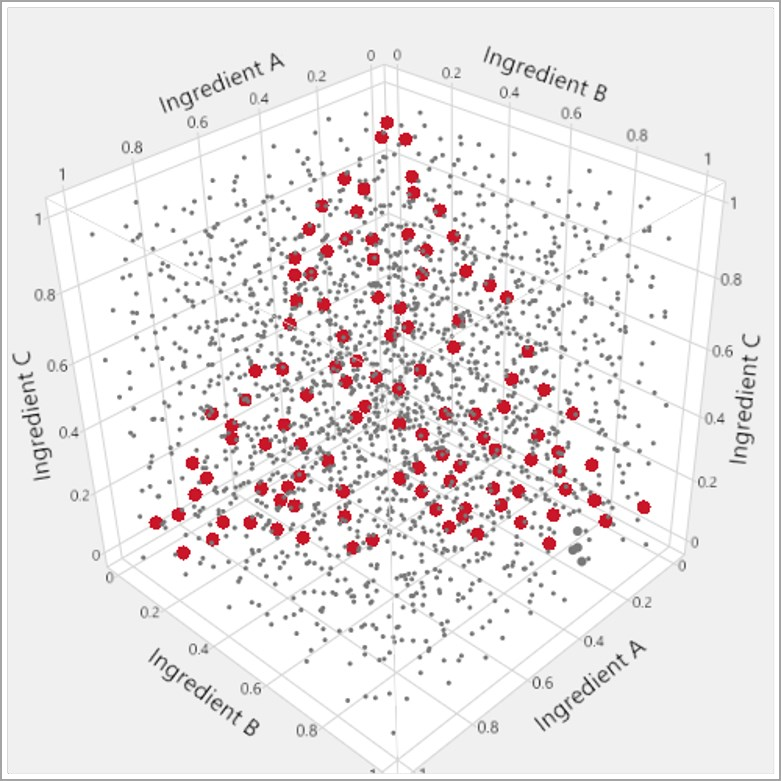This work summarizes a Quality by Design (QbD) styled approach to the optimization of lipid nanoparticle (LNP) formulations with a goal of providing an accessible workflow for scientists. The restriction in these studies that the molar ratios of the ionizable, helper, and PEG lipids add up to 100% requires modified design and analysis methods to accommodate this mixture constraint. Focusing on lipid and process factors that are commonly used in LNP design optimization, we provide pragmatic suggestions for avoiding the difficulties that traditionally arise in the analysis of experiments that include mixture factors and show how the recently developed statistical framework of self-validated ensemble models (SVEM) can simultaneously simplify the analysis of results from mixture-process experiments and improve the quality of the candidate optimal formulations. These steps are illustrated with a running example. We also present graphical tools based on the fitted model that simplify the interpretation of the results and facilitate the design of follow up studies in the form of confirmation runs or augmented designs.
翻译:这项工作总结了“设计质量”(QbD)风格的优化油脂纳米粒子配方的方法,目的是为科学家提供一个无障碍的工作流程。这些研究中的限制是,可移植、辅助和PEG脂质的摩尔比率加起来高达100%,需要修改设计和分析方法,以适应这种混合物的制约。侧重于在液态生产设计优化中常用的脂质和工艺因素,我们提供务实的建议,以避免在分析包括混合因素在内的实验中历来产生的困难,并表明最近开发的自我验证合用模型(SVEM)的统计框架如何能够同时简化对混合物过程实验结果的分析,提高候选最佳配方的质量。这些步骤以运行的实例为例。我们还根据简化对结果解释的完善模型提供图形工具,便利以确认运行或增强设计的形式进行后续研究的设计。

